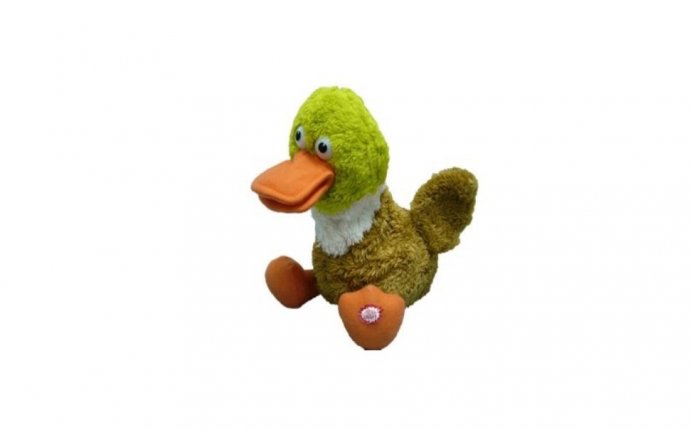
Duck Game Interactive
The main characteristic of the child game is known to be the discrepancy of the real and perceived situation. In the game, the child begins to act " not from the point of view " , not in reality, but in the thoughts of an imaginary situation. The subjects are given new, completely untrue names and functions, the children themselves change their names and assume new roles. This quality of the game creates and most effectively develops the major innovations of this age: creative imagination, imagination, self-awareness, etc. The main advantage of the game is that it has an immediate bearing on the child ' s consumption and modulation. According to D. B. Elconin, it has a “primary, emotional and human orientation, an awareness of its place in adult attitudes and the need to be adults” [5, c. 277].
D. B. Elconin, following Vegotski, has repeatedly emphasized that the game creates a new form of desire [2; 5]. Child learning to want, matching your desire with the idea, with the vibrant I. If, in a meaningful game of an early child (as in the case of an undeveloped preschool game), the possession of the object and the action with it is the main thing, the role-playing an aft is carried from the object to the person standing behind the thing. As a result, the adult and his actions will be read as a model for the child. The baby wants to act like an adult. It is under the influence of this very common desire that, first with the help and clue of adults or older children, he starts acting like he's an adult. At the same time, there is a purely emotional understanding of the actions of another person as doing something important and relevant to others and, consequently, to cause them a certain attitude.









